(Prices correct as of today’s date, are updated daily, are subject to change and represent genuine availability at time of update).
Cruise only holidays are financially protected by ABTA. Fly cruise holidays are financially protected by Royal Caribbean International under ATOL number 3088
Please click here to check the essential travel requirements before booking this cruise.
Want to add a hotel stay or change your flights?
Just call our team of cruise specialists to help build your dream cruise holiday today!
Prices based on 2 people sharing. Cruise only price does not include flights. Fly-cruise price may vary by chosen UK airport.
Itinerary
Ravenna
A small, quiet, well-heeled city, Ravenna has brick palaces, cobblestone streets, magnificent monuments, and spectacular Byzantine mosaics. The high point in its civic history occurred in the 5th century, when Pope Honorious moved his court here from Rome. Gothic kings Odoacer and Theodori... Read More
Ravenna
Dubrovnik
At Sea
Piraeus
Santorini
At Sea
Zadar
Ravenna
What's Included with
Royal Caribbean International
Your dream cruise getaway is only a click away. Find the perfect itinerary and explore more between the shores. Soak up the sunshine and experience chill-out vibes around the pool. Indulge in authentic cuisines and sip your favourite cocktails with our all-inclusive packages on board the Explorer of the Seas.
Scope out hidden gems in the Mediterranean and take on the tropics in Miami, whilst knowing that you have everything on board your cruise ship to ensure a stress-free, relaxing holiday. From exquisite dining options, stunning staterooms and exceptional day and nighttime entertainment, you have everything you need to create a memorable experience included in your cruise fare.
Accommodation
Breakfast, lunch, dinner and snacks in a choice of included dining venues
Entertainment throughout the day and evening
Use of swimming pools, hot tubs, fitness centre and leisure facilities where available
Return flights included from a choice of UK airports (fly cruise bookings only)
Port taxes
Selected hot drinks, iced tea, lemonade, juices, and water in selected venues
Porterage of luggage from port to cabin
Youth programmes for babies to 17-year-olds
Sailaway parties, themed nights and deck parties
Shuttle service to and from ports and airport where available
Everything you need right at your fingertips! Includes accommodation, meals, entertainment and onboard activities. Plus, drinks such as water, squash, tea and coffee are also free of charge.
Explore Explorer of the Seas
Discover endless ways to max out memories on board the Explorer of the Seas. Your next cruise holiday is going to get a whole lot wilder, as the Explorer of the Seas cruise offers as many thrills and ways to chill as the destinations it takes you to. From the adults-only Solarium and mini golf to an ice skating rink and delicious dining options, your experiences are guaranteed to always be memorable.







Main Dining Room
GOURMET COURSES
In the Main Dining Room, you can experience flavours that take you from Jamaica to Jaipur, a rotating menu of delicious dishes always offering something unexpected. A multi-level restaurant that in the morning is the perfect spot to enjoy a hearty brunch paired with refreshing mimosas, at dinnertime transforms into a world class dining experience with a menu that invites you to taste your way around the world course by course.
ATTIRE
Smart Casual
MENU HIGHLIGHTS
Many of the dishes on the Main Dining Room’s menu rotate each night, which means you could go an entire week without ever repeating a course. Every meal here begins with something delicious from the starters section of the menu — like savoury duck terrine layered with apricot chutney on toasted sourdough bread, a flaky Vidalia onion tart baked with whipped eggs, cream, and smoked bacon, or spiced eggplant and Kalamata olive tartare prepared with red pepper hummus and served on crispy garlic bread. Then, choose from international entrees like Moroccan spiced ahi tuna served over mint couscous, sautéed spinach and tequila peppers with a cool yogurt vinaigrette. Or mojo-marinated bone-in pork loin paired with sweet potatoes, broccoli and a cumin-citrus reduction. Dessert is also worth getting excited about, with options like sweet cream-soaked tres leches, home-style carrot cake with cream cheese frosting, and a light and fluffy Grand Marnier soufflé.
NOTE
Food offerings may differ by ship and sailing.
PRO TIP
The food in the Main Dining Room is complimentary, and you can order as many courses as you like.






Shore Excursions & Guided Tours
Whether you dream of trailblazing through the Alaskan tundra, learning how to whip up traditional Mediterranean dishes on the Greek isles, or sampling rum at centuries-old distilleries in the Caribbean, you’ll find the world is brimming with full day adventures — and nobody takes you deeper than Shore Excursions. Explore every shore your way with excursions and guided shore trips designed to thrill all kinds of traveler, from couples craving a little extra romance to families looking to bond over bucket list moments. No matter what kind of vacation experience you’re after, you’ll find new and exciting ways to make memories on your next getaway with a Shore Excursion. Unleash your inner explorer and discover bold new ways to connect with the people, culture and places around you as you cruise from one unforgettable port of call to another.





















FlowRider®
NOW BOARDING FOR ADVENTURE
The surf’s always up on the 12-metre-long FlowRider® surf simulator. Grab your board and get ready, 100,000 litres of rushing amazingness are headed your way. Carve like a pro – or just try to stay upright – while friends cheer you on from the stadium seating.
Restrictions
Boogie board height requirement: 132 cm/52 inches, stand up 147 cm/58 inches
How to reserve
Cruise Planner
Private Sessions
Three prices for sessions: US $69, US $345, US $552
Caution
Riding on the Flowrider® is an extreme sport and high-risk recreational activity. Sheet wave surfing on the Flowrider may result in physical or mental injury, including but not limited to serious injury to the head, neck, back, hips, arms and legs, as well as the possibility of illness, disease, paralysis or death.






Spa & Fitness Centre
AHH INSPIRING
A luxurious sanctuary offering signature treatments, medi-spa services and a full-service salon to make you glow from the inside out. Browse our spa menu for pricing.
RESTRICTIONS
16 and above
HOW TO RESERVE
Cruise Planner or Onboard
ADDITIONAL FEES APPLY
Prices vary per service
NOTE
Services vary by ship



Adventure Ocean®
SMALL HANDS ON DECK
'Are we there yet?' is a thing of the past. We keep every child entertained with games, events, age-appropriate activities and more in our award-winning Youth Program.
AGE RANGE
3-11 years
INSIDER TIPS
Adventure Ocean space varies by ship
Deck 15

- Skylight Chapel
Deck 14

- Dizzy's
- Izumi
- Viking Crown Lounge
- Diamond Club
Deck 13

- Rock Climbing Wall
- Sports Court
- Explorer Dunes
- Flowrider
Deck 12

- Vitality at Sea Spa
- Sky Bar
- Running Track
- Video Arcade
- Optix Teen Disco
- Adventure Ocean
- Johnny Rockets
- Outdoor Youth Area
- Ocean View Panoramic Suite (No Balcony)
- Ocean View Balcony
- Connecting Oceanview Balcony
- Spacious Panoramic Ocean View - x1 Accessible Stateroom
Deck 11

- Peek-A-Boo
- Vitality at Sea Fitness Centre
- Whirlpools
- Solarium
- Swimming Pools
- Solarium Bar
- Pool Bar
- Sea Trek Dive Shop
- Outdoor Movie Screen
- Chops Grille
- Windjammer
Deck 10

- Grand Suite - 1 bedroom
- Junior Suite - x2 Accessible Suites
- Royal Suite - 1 bedroom
- Owner's Suite - 1 bedroom
- Spacious Ocean View Balcony
- Ocean View Balcony
- Connecting Oceanview Balcony
- Interior with Virtual Balcony - x4 Accessible Staterooms
- Interior
Deck 9

- Concierge Club
- Junior Suite
- Grand Suite - 2 bedroom
- Spacious Ocean View Balcony
- Ocean View Balcony
- Ocean View
- Ultra Spacious Ocean View
- Spacious Ocean View
- Interior with Virtual Balcony
- Interior - x4 Accessible Staterooms
Deck 8

- RC Online
- Grand Suite - 2 bedroom
- Spacious Ocean View Balcony
- Ocean View Balcony
- Connecting Oceanview Balcony
- Ultra Spacious Ocean View
- Spacious Ocean View
- Promenade View Interior
- Interior
- Connecting Promenade Interior
Deck 7

- Library
- Junior Suite
- Spacious Ocean View Balcony - x4 Accessible Staterooms
- Ocean View Balcony
- Connecting Oceanview Balcony
- Ocean View
- Ultra Spacious Ocean View
- Spacious Ocean View
- Promenade View Interior - x1 Accessible Stateroom
- Interior
- Connecting Promenade Interior
Deck 6

- Next Cruise
- Junior Suite
- Spacious Ocean View Balcony - x4 Accessible Staterooms
- Ocean View Balcony
- Connecting Oceanview Balcony
- Ocean View
- Ultra Spacious Ocean View
- Spacious Ocean View
- Promenade View Interior
- Interior
- Connecting Promenade Interior
Deck 5

- Observation Deck
- Outdoor Deck
- Star Lounge
- Connoisseur Club
- Café Promenade
- Royal Promenade
- Ice Cream Parlour
- Crown & Kettle Pub
- Promenade Shops
- Shore Excursions
- R Bar
- Guest Services
- Sapphire Dining Room
Deck 4

- The Palace Theatre
- Schooner Bar
- Giovanni's Table
- Casino Royale
- The Tavern
- Centrum
- Art Gallery
- Sapphire Dining Room
Deck 3

- The Palace Theatre
- Centre Ice Rink
- Studio B
- Focus
- RCTV
- Sapphire Dining Room
- Ocean View
- Interior
Deck 2

- Loyalty Desk
- Conference Centre
- Ocean View - x6 Accessible Staterooms
Explorer of the Seas Cabins & Suites
The cruising experience starts with your stateroom. The Explorer of the Seas suites and cabins are an alluring and relaxing escape from the non-stop action on board the cruise. From incredible views to luxury amenities, staying on the Explorer of the Seas is like nothing else you will experience at sea.
Every detail has been thought through and your comfort is paramount, whether you are bringing a baby on board, want to enjoy spa-like comfort in your stateroom or need a suite equipped to accommodate you and your needs. Explorer of the Seas staterooms have everything you expect to enjoy during your holiday.





Connecting Promenade Interior





Spacious Panoramic Ocean View





Spacious Ocean View Balcony











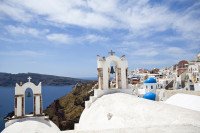
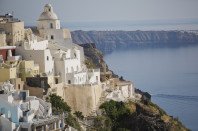
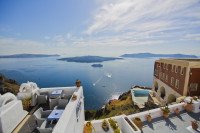

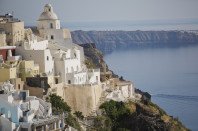


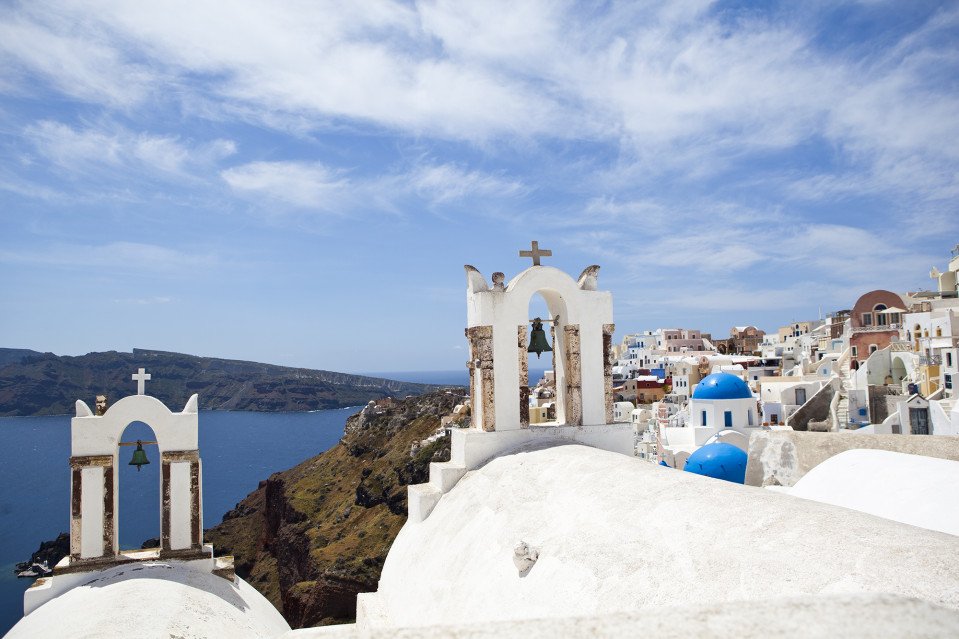
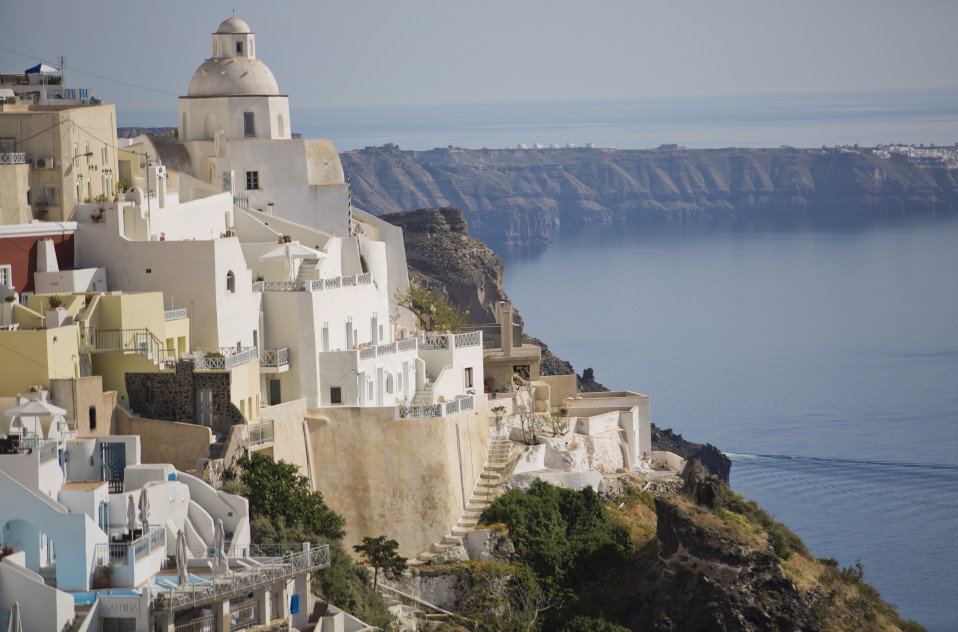
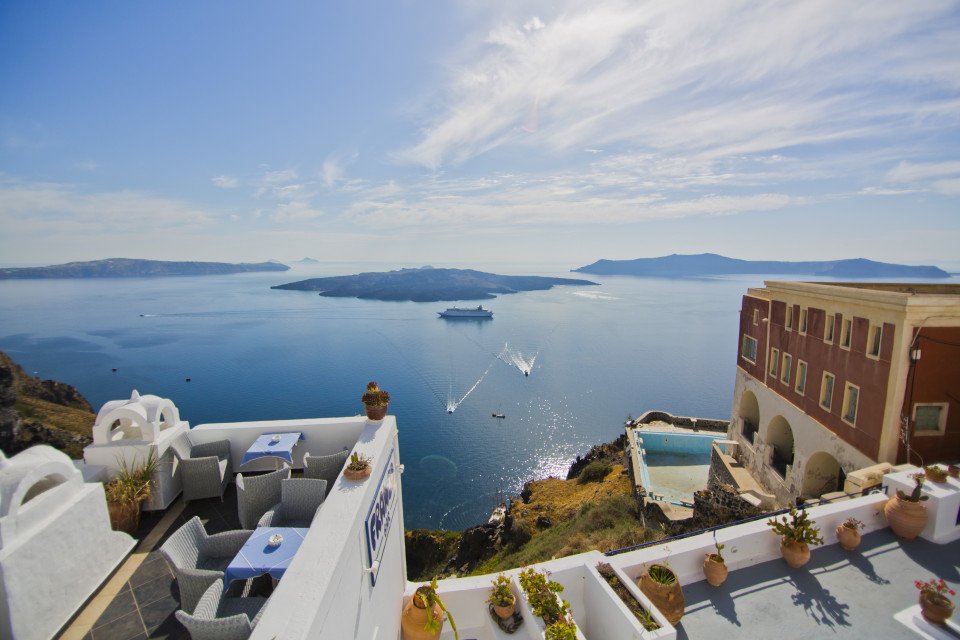
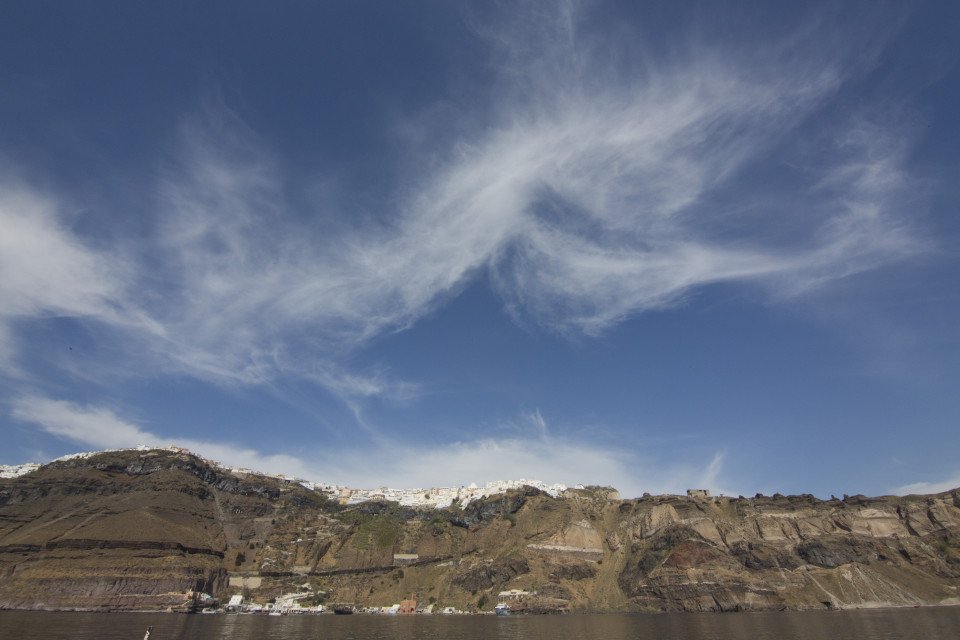
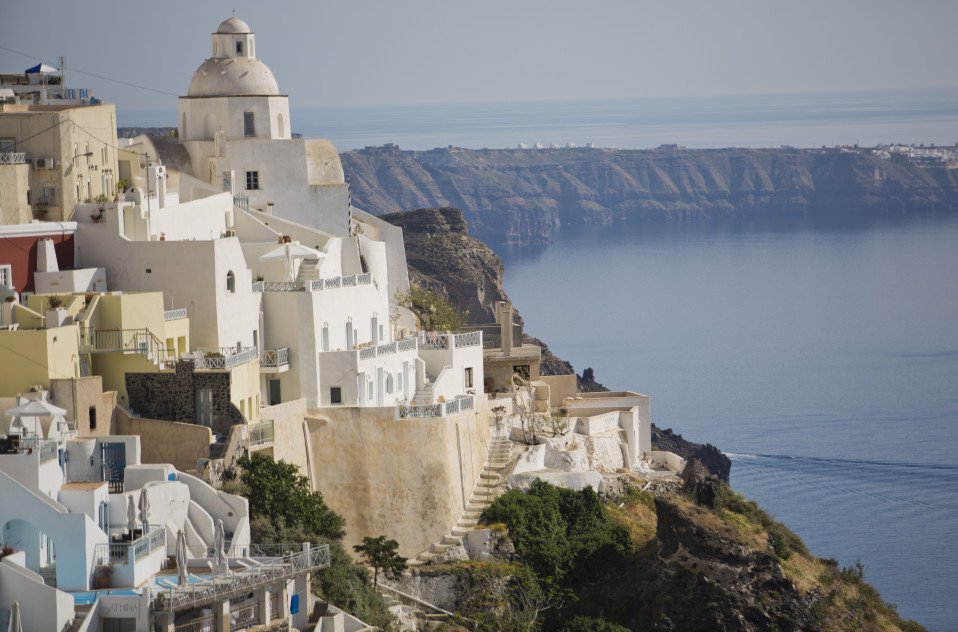



-large_thumb.jpg)









